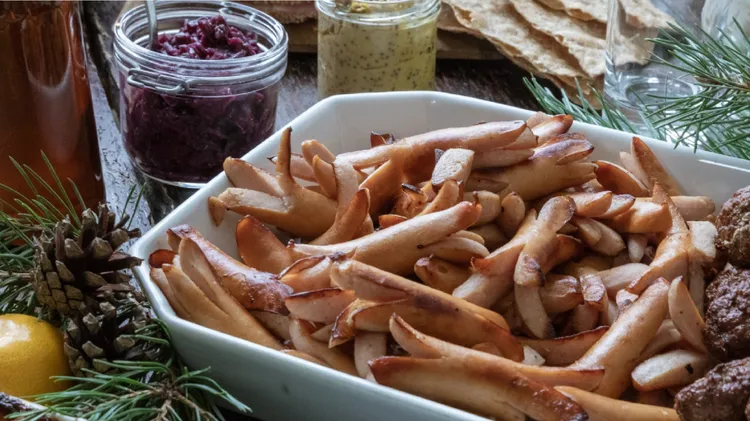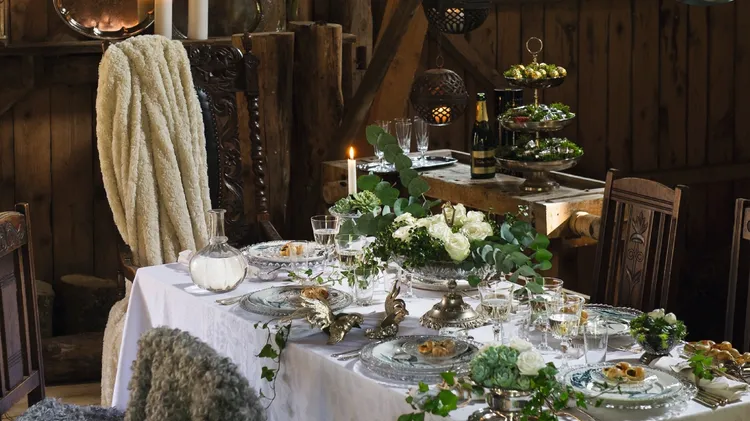Owing to our large readership outside Sweden, we are including a
Summary in english no 6/2023
6 min läsning
Denna artikel är publicerad i...
Läs den här artikeln och 7 500 fler tidningar på Readly






